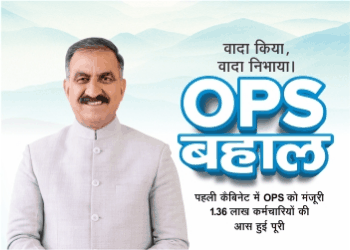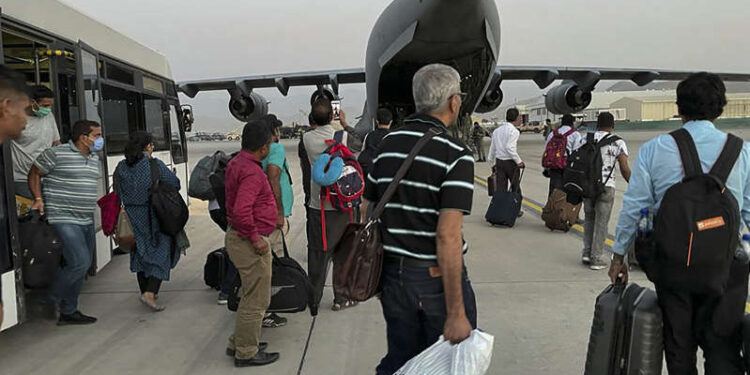Did India withdraw from Afghanistan at the right time? Should it have evacuated its people earlier, or should it have waited out for longer?
Contingency planning for this eventuality began almost six months ago, according to sources involved in the exercise. After the Doha agreement and more particularly, after the Taliban began their unannounced offensive early this year, the planners within the Indian government figured a time would come soon when New Delhi would have to take a call on whether to stay or leave Afghanistan.
“We prioritised the security of our officials on the ground as our paramount concern,” said sources who did not want to be named.
While taking the decision to either withdraw or downsize the Indian mission in Afghanistan, the government was conscious of the message it would be sending to Afghans.
India has built a different relationship with Afghans over the past two decades and enjoys a very different profile in that country. As foreign minister S Jaishankar informed the UNSC, before the Taliban took over, India had development projects in all 34 provinces. So the benchmarks for India would be very different from the parameters followed by the western countries.
Two concerns dogged the Indians — first, the lack of a contiguous border meant that all plans for evacuation would have to be more elaborate and taken with a whole-of-government approach, and second, India did not have a security footprint in Afghanistan. “We did not want to be the first to leave,” sources said. India wanted to be among the last to leave — which would only be if the situation became untenable and a security threat.
For the past three months, a close group of officials, monitored by NSA Ajit Doval and foreign minister Jaishankar, conducted a continuous, detailed security assessment, which was updated virtually every day.
As district after district started to fall to the Taliban, the Indian plans started to move into higher gear. The Taliban first took the northern provinces, but it was when they started moving in the key provinces in the south that activity heightened in India.
When the Taliban took over adjoining districts around Kandahar, like Panjwai and Spin Boldak, the Indian government took the decision to close the Indian consulate in Kandahar and move out Indian officials.
Similarly, when Sheberghan fell, the Indian system activated plans to clear out from Mazar-e-Sharif. But sources said, even then, Indians were among the last to leave. The Russians, for instance, had left in January. So had Turkey. Towards the end, there were only India, Uzbekistan, Tajikistan and Pakistan in Mazar-e-Sharif.
Kabul was different and more complicated. When the Taliban came into Qargha on the outskirts of Kabul, the general assessment among the Afghan leadership was the Taliban would lay siege to the city and negotiate a power-sharing deal with the Ghani government.
Two things happened. Ghani fled and Taliban walked into Kabul with no resistance — the policy and security forces had vanished. The time had come to evacuate the Indians — an Air India aircraft took the first lot of people just as the Taliban was taking over. The second Air India flight did not land as the pictures of Afghans climbing over aircraft at Kabul airport flashed across the world. India did not want this to happen to an Indian aircraft, memories of the Kandahar hijack still fresh.
Over the next couple of days, the Indians conducted a complicated manoeuvre fraught with risk to get officials out. India is currently focused on getting all other Indians repatriated to India in the coming days.












